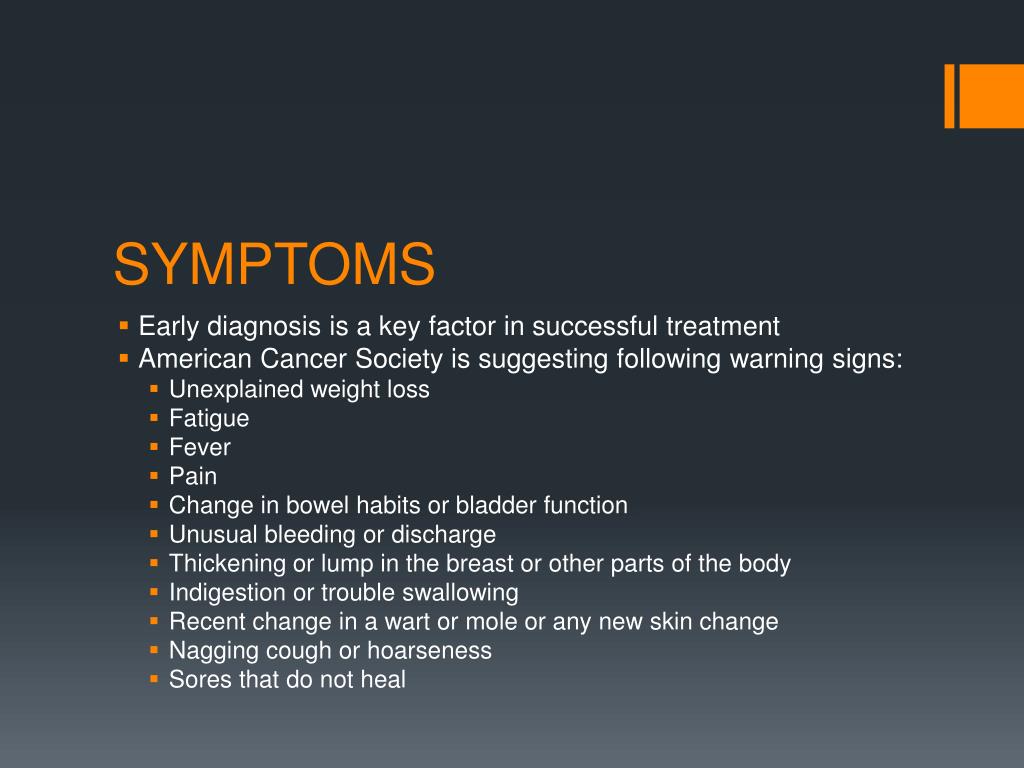


Moreover, devices in the vena cava or dislocated in the azygos vein can potentially induce thrombosis or fistulas involving the azygos lumen. Īcquired anomalies of the azygos vein include enlargement secondary to haemodynamic changes (fluid overload, increase in right atrial pressure, fibrosing mediastinitis and caval syndrome) or the presence of lesions (cancer, adenopathy or benign lesions), which cause compression or intraluminal filling defects. The prevalence of azygos continuation is about 0.6 %. Consequently, blood is shunted from the supra-subcardinal anastomosis through the retrocrural azygos vein, which is usually mildly dilated. Azygos continuationįailure of the union between the hepatic and prerenal segments during embryological development results in the so-called “infrahepatic interruption of the inferior vena cava (IVC) with azygos continuation” (Fig. Contrast-enhanced chest CT images show a curvilinear contrast-filled vessel along the left lateral border of the aorta that can usually be traced from the left brachiocephalic vein to the region of the accessory hemiazygos vein. It can be seen on a frontal radiograph as a small soft-tissue density adjacent to the lateral border of the aortic knob in about 10 % of normal patients. An aortic nipple can be identified when the left superior intercostal vein, draining the left second, third and fourth posterior intercostal veins, connects to the left brachiocephalic vein, forming the aortic nipple. This anomaly can be easily indentified on CT scans, which show the azygos vein more laterally than the usual anterior arching before entering the superior vena cava (SVC) or right brachiocephalic vein. Incomplete medial migration of the right posterior cardinal vein, a precursor of the azygos vein, gives rise to an azygos lobe of the right lung in 0.4 %–1 % of the population.
#Pathological changes full size#
Full size image Azygos lobe and aortic nipple


 0 kommentar(er)
0 kommentar(er)
